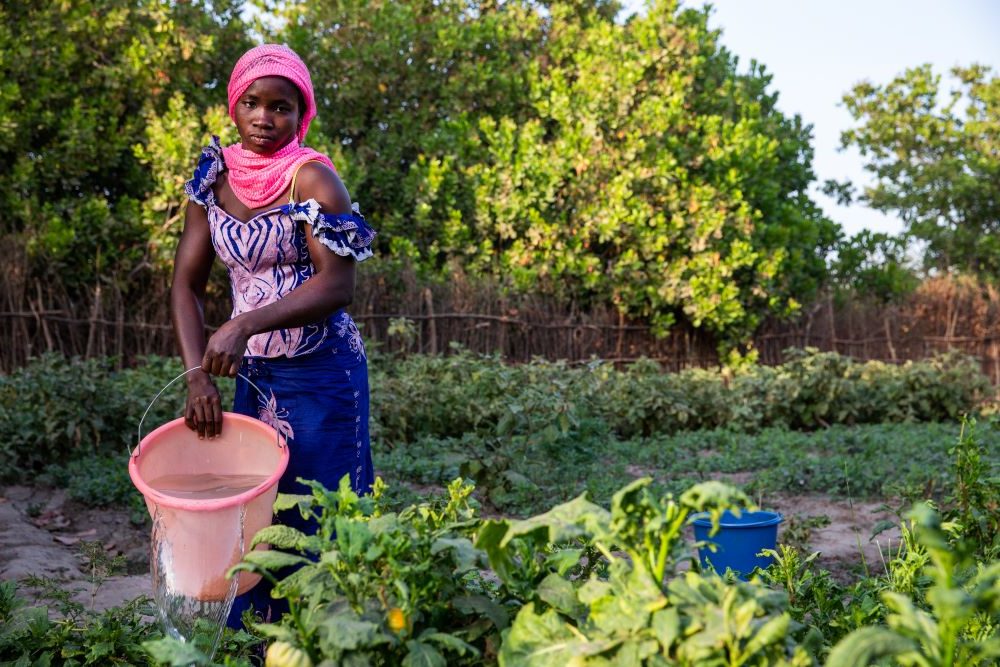Defending gender equality in nutrition when responding to COVID-19
* Blog written by Emmanuel Trépanier Gender Equality Advisor, TAN and originally published by Nutrition International The COVID-19 global pandemic is having repercussions of epic proportions. In addition to the enormous number of COVID-19 cases and deaths worldwide which stretch national health systems to their limits,…
The COVID-19 global pandemic is having repercussions of epic proportions. In addition to the enormous number of COVID-19 cases and deaths worldwide which stretch national health systems to their limits, confinement is leading to a world-wide economic crisis, and is rapidly exacerbating existing inequalities (lack of access to water and sanitation, food insecurity, the refugee crisis, etc.) and various forms of violence (including gender-based violence and domestic violence). The effects of this will be acutely felt by the most vulnerable and marginalized people in the lowest income countries.
Amidst this turmoil, one trend becomes apparent even to those who previously ignored it: the care economy (whether underpaid or unpaid) is fundamentally female and is the ultimate social safety net in an otherwise privatized world. Frontline and essential workers (nurses, senior home care attendants, child caregivers, grocery and pharmacy workers, etc.) are professions heavily dependent on women’s contribution. To put it simply, COVID-19 is a gendered crisis.
Nevertheless, public health policies have not been gender responsive. Sex differences in mortality and vulnerability to COVID-19, specifically those amplified by inequalities in nutrition, are under-explored and unplanned for. In developing contexts and humanitarian settings, gender effects are even starker, with scarce resources traditionally allocated to women (such as sexual health and reproductive services, most notably the role of midwives in delivering nutrition information and resources for pregnant women) are being diverted to responding to the pandemic.
Beyond health planning, programming and pandemic response, the gender dimensions of nutrition have ramifications for ongoing health research. For instance, when looking at mother to child transmission of COVID-19, factors directly related to nutritional practices, such as breastfeeding and skin-to-skin contact, need to be carefully analyzed.
In normal times, women are already heavily burdened with implementation of the global nutrition agenda, particularly at the community and household levels, largely due to traditional gender roles. Their contributions to agriculture, food manufacturing, purchasing, preparation and nutrition in addition to other care work (education, health, etc.) is well documented. Yet, women are also systematically disadvantaged in the nutrition sphere. Women (particularly when pregnant or breastfeeding), adolescent girls and the girl child have gender-specific nutritional vulnerabilities, derived both from biological factors and gender dynamics. Lack of access to nutrient-rich food, supplementation and nutrition information also contribute to this inequality which reaches unprecedented heights during a pandemic such as COVID-19.
Read the full blog – Nutrition International
